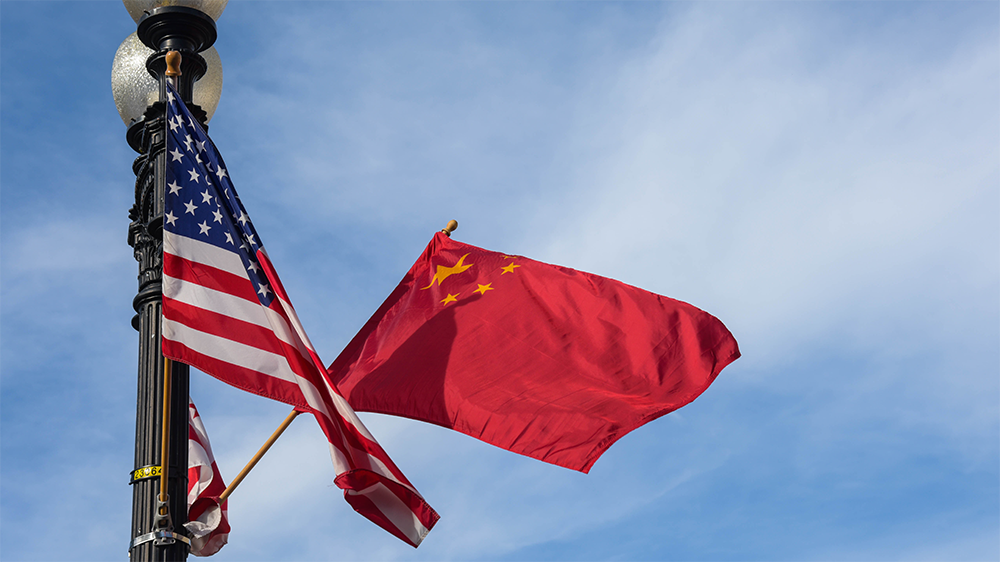Teamwork stressed on health crises
By LIA ZHU in San Francisco | China Daily Global | Updated: 2022-12-13 10:00

With an eye on next pandemic, China and US experts highlight joint action
Infectious disease experts from the United States and China have put the case for collaboration on health threats, especially with the likelihood that public health emergencies will emerge at a faster pace in the coming decades.
"We will continue to see the emergence of health threats," Thomas R. Frieden, president and chief executive of Resolve to Save Lives, told a webinar last week. "In fact, we may well see them at a faster and faster pace because of our increasing encroachment on the natural world and the closer interchange among people.
"We will also see the continuing threat of noncommunicable diseases, making our populations more vulnerable," said Frieden, a former director of the US Centers for Disease Control and Prevention.
He was speaking at the event organized by the Committee of 100, a group of influential Chinese Americans. The other panelists agreed that the next pandemic is inevitable and it's only a matter of when and where.
In the 21st century, the world has already had seven public health emergencies of international concern, said Gao Fu, a former director of the Chinese Center for Disease Control and Prevention.
The causes for so many emerging viruses include changes to human behavior, the climate, and ecological systems, he said, suggesting "scientific surveillance" as one way to get prepared for the next emerging infectious diseases.
"What we can absolutely be sure of is that there will be more of these events," said Jeffrey P.Koplan, professor of Medicine and Global Health at Emory University and former director of the CDC.
Reflecting on the responses to the COVID-19 pandemic, he said that ordinary people can play a key role in minimizing the risks or ending the pandemic in their own countries.
"Quick, effective and complete response to a potential pandemic requires some scientific understanding," said Koplan. It means "greater scientific literacy among our leaders, our colleagues and the public at large", he said.
"What we needed to do better is communication to the public at large as well as the leaders and to each other," he said. "So that when a crisis like this occurs, there is a larger lay population ready to listen to the suggestions, able to interpret and understand them and put them into place."
Looking back over the past three years, there are accomplishments to celebrate, such as the global access to vaccines and the drugs that have saved millions of lives, but one should not underestimate the "pervasive opportunity cost we paid", said Liu Guoen, dean of the Institute for Global Health and Development at Peking University.
The cost includes limited care for patients with severe conditions such as cancer, chemotherapy or cardiovascular problems, and the upward poverty trend observed in many developing countries due to the reduced economic growth, he said.
Digital transformation
Liu also highlighted the pace of digital transformation in healthcare during the pandemic. "Healthcare is one of the most service-intensive sectors offering greater room for technological transformation," he said.
Frieden said: "One of the really most important things that we can do is to make sure that we're learning best practices from around the world and adapting them, recognizing that we really are all in this together. If one country or community identifies a better way of finding an outbreak quickly, diagnosing it or treating it or vaccinating against it, it's very important that we share it."
Global collaboration is essential to prevent, detect, and respond to health threats, and this is especially so for cooperation between the US and China, said Frieden. He said there are many people who enjoy working with their counterparts in the US or in China despite the political strains.
























